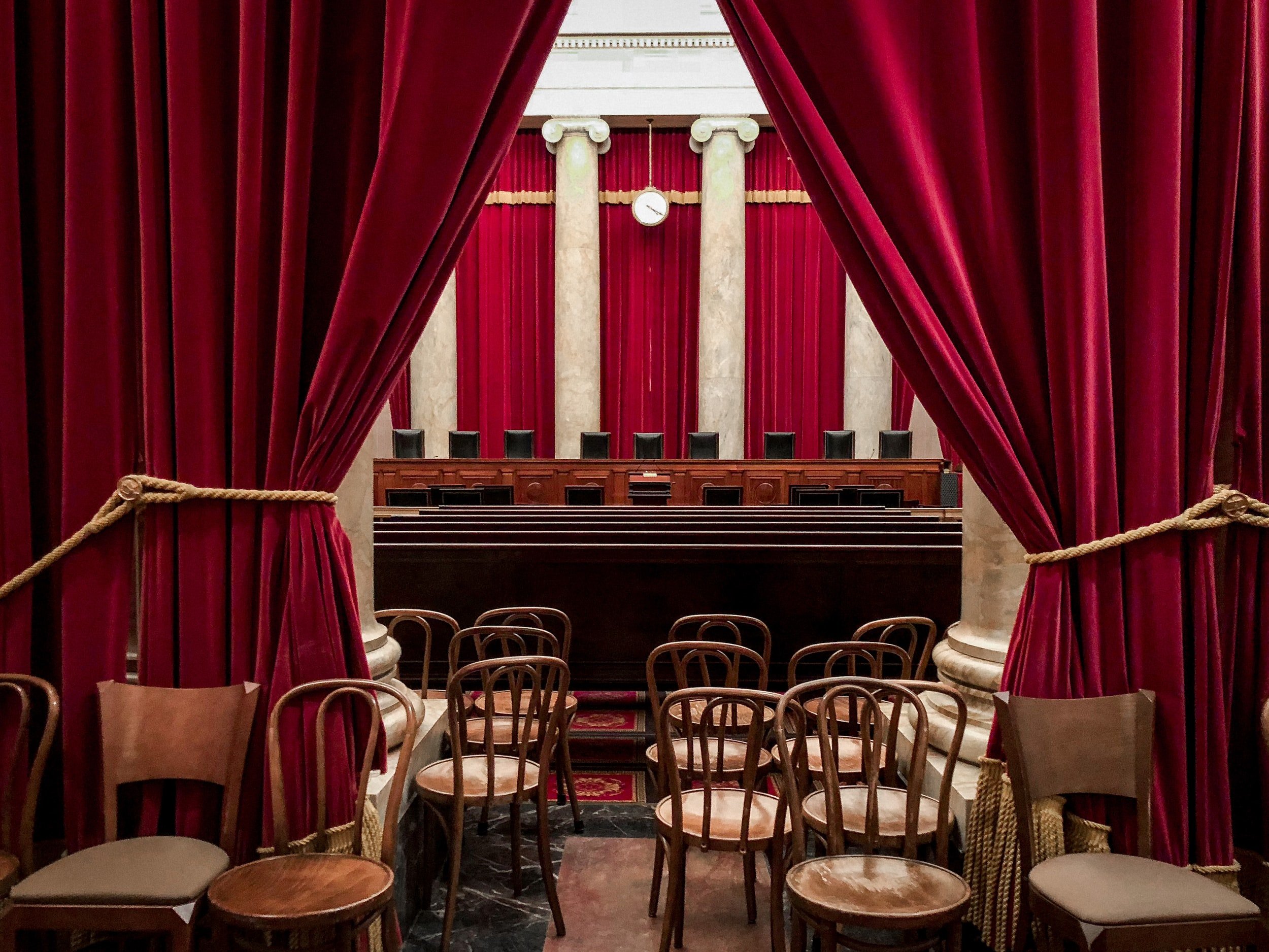Constitution and Civil Liberties



Justice exists within the United States as it is written and interpreted in law. In order to comprehend the rights and freedoms that exist today, as well as how they might evolve in the future, understanding the legal system, its structure, methods of decision making, and decisions is essential. This course places particular emphasis on the Supreme Court and cases decided by the body. We discuss the development of the rights and liberties related to religious establishment and exercise, expression, the press, bearing arms, privacy, the criminally accused, civil rights and discrimination, and voting. Case briefs, class debates, and hypothetical cases are used to help students learn and apply their understanding of case law and judicial interpretation.
By the end of the semester, students should be competent in the following learning outcomes:
Describe, identify, and analyze different models of judicial decision making and their impact on judicial opinions.
Distill and summarize important case facts.
Articulate the evolution and status of rights.
Determine and apply the appropriate standard of review to cases.
Rationalize the evolution of case law and analyze the impact of changes in jurisprudence.
Develop written arguments for the review of hypothetical cases.
Understand the relationship between rights at the state and federal levels.